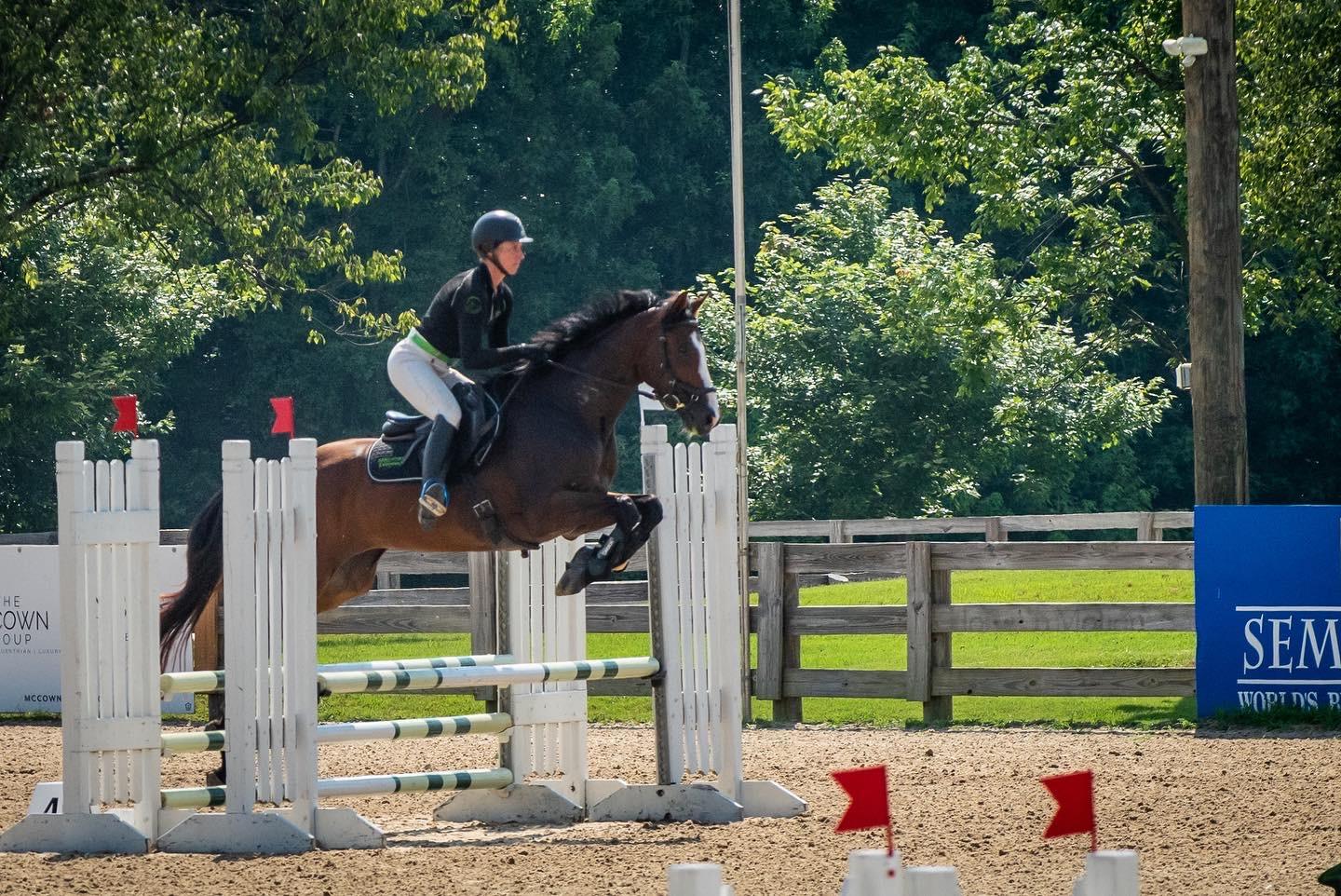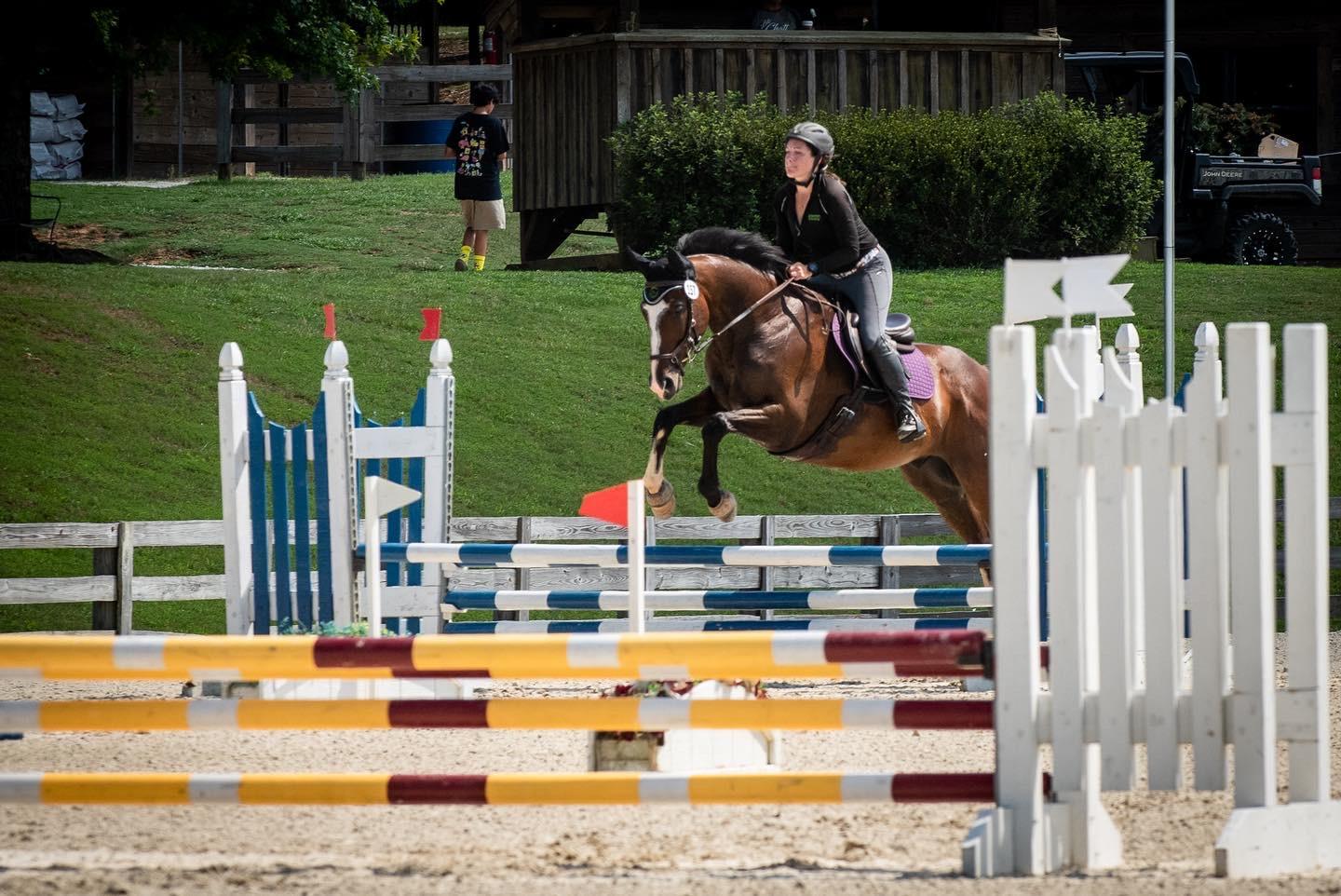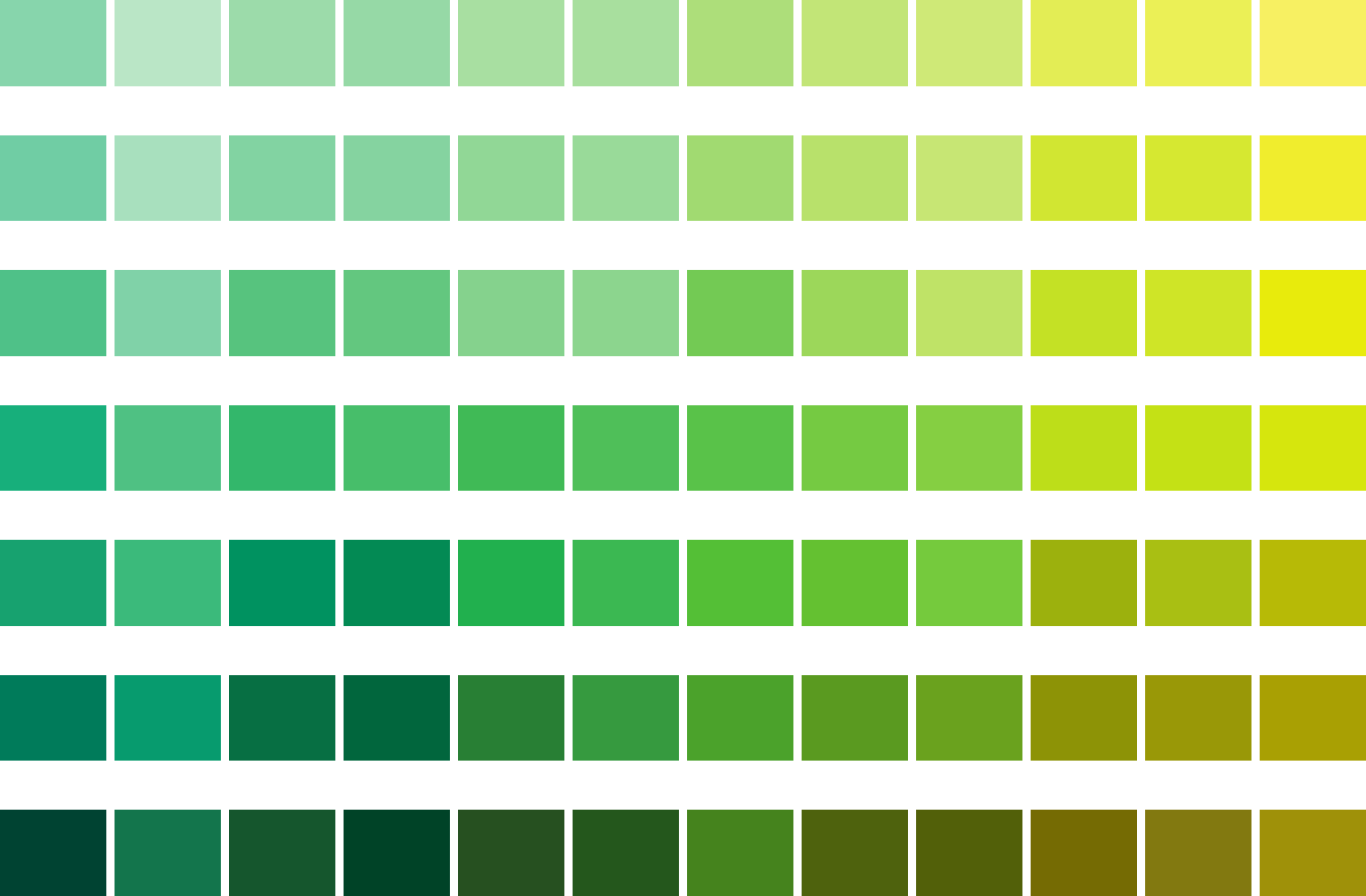
Thoroughbred Logic: 50 Shades of Green
“I use their amount/shade/type of green to set the bar and therefore my expectations. Such expectations translate into when to praise, when to request more from a horse, and when to call the day a ‘success.'”
Welcome to the next installment of Thoroughbred Logic. In this weekly series, Anthropologist and trainer Aubrey Graham, of Kivu Sport Horses, will offer insight and training experience when it comes to working with Thoroughbreds (although much will apply to all breeds). Come along for the ride as she offers her logic on green horses and a bit more nuance to the term “green.”
I love green: Green like the forest, Green like my stable colors, Green like a not-fully-trained horse. Give me a choice of colors and nine times out of ten I’m going to pick green. But today, I have a bone to pick with that color and its unwieldy scope when it comes to labeling horses.
“The horse is green,” or “How comfortable are you riding green horses?” or “Have you ridden green Thoroughbreds before?” are about as useful statements/questions as when someone randomly describes themselves as an “intermediate rider.” These subjective categories are killing me. Please send video, I have no idea what that actually means.
This really hit home last week when I had a few folks trying Beans (Giant’s Gateway). Beans is green. Like my farm color of green – he is sometimes slightly limey… but mostly bright-ass neon green. He has had less than 10 rides post track, he is big, young and does not yet have all the basics figured out. He’s not a bad egg at all, just “greener” than the usual thing people expect when you say “he’s green.”
And that description right there is why I’m writing this. Let’s look at that again: “He’s greener than the usual thing people expect when you say ‘he’s green.’” I need better words and categories to mark just what “green” means for each horse.
I was struck by the issue with this color category again last Wednesday when I was out at Chattahoochee Hills Twilight Jumpers with a few of members of my team and three training horses. I was on Lottie (Hatch Gate), a lovely seven-year-old chestnut mare who has never been off property to a show jumping around the 18” and then the 2’. Then there was Louis (Unbridled Bayou) my four-year-old Retired Racehorse Project hopeful taking on the 2’7” for the first time, and Cheese Whiz (RW’s Retirement) warming up at Beginner Novice and taking his initial shot at Novice (2’11”).

Lottie (Hatch Gate) pops around a two-foot round at Chatt Hills last Wednesday. Photo by Amanda Woomer.
When I walked out of the arena after what I thought was a pretty solid round on Cheese, and an onlooker stopped me. “I don’t know how you do it, riding all these green horses.”
That caught me off guard. I mean, they weren’t wrong about the green-horse thing, but to lump Lottie, Louis and Cheese together seemed odd. Lottie was at her first show and we were thrilled that a) she got around and b) that each course she got more and more confident, ending with a nearly-full round of canter fences. Louis was explosive upon entering the ring but mostly figured out where to put his legs while over-jumping, but getting braver as he went through the course. And Cheese was all talent and heart with work still needed on the rideability between fences (but so much improved from where we started).
If I’m to believe the internet, we call horses “green” because they are like unripe fruit or vegetables that still need time to develop into their consumable selves.” OK, thanks Google. It’s a nice broad category, but I don’t think it works. I mean, does “green” basically just means “not a packer”? Or does “green” mean “has personality?” Or “you cannot just be a passenger?” … all of the above, maybe?
See, I use their amount/shade/type of green to set the bar and therefore my expectations. Such expectations translate into when to praise, when to request more from a horse, and when to call the day a “success.” For people trying sales horses, or deciding what to buy, those expectations concern appropriateness of the ride and whether or not they should take the time to travel and visit. Last Wednesday at Chatt, the expectations were vastly different for my three “green” mounts and are equally different for Beans, Aspen, Tuck and the other sales horses in the barn… yet, all are still “green.”

Louis (Unbridled Bayou) starting to figure out where to put his knees and long legs. Photo by Amanda Woomer.
So for sh*ts and giggles here’s a new set of categories that I honestly never expect people to adopt, but lord it would be helpful if they did:
Neon Green: Probably full of potential and will do super well once developed, but just re/started under saddle. May or may not steer. May or may not blast off if you do not use your aids correctly. You pull, it will invert and run. May not walk quietly on the buckle. May have seen a few fences but likely does not yet know how to hold a cadence to them or what to do with its body over the rails.

Aspenfiveoneseven got a little too close to a pole and decided drama was necessary. Screenshot by Amanda Woomer.
Lime Green: Has some “baby moments” … probably a lot. Knows how to steer, move away from pressure and mostly come over their back. They may have issues with transitions, the occasional excitable canter or jigging at the walk or the like. May get easily excited. Understands the concept of jumping, but is still putting together where the body goes and working on ridability between fences.

Tuck (Louisiana Bling) is on the verge of being a Lime Green horse, as he is figuring out his feet over fences and remains quiet and ridable. Photo by Amanda Tozzi.
Kelly Green: Transitions and gaits are solid, but the horse may be still working on changes (though I have horses in the Neon category with auto changes, and horses way more schooled than this who still struggle to swap properly) or other more complicated specifics. May be advancing in the levels/heights and the ride to fences may be *usually* quiet. General course ridability is getting there, but it’s not going to be a point and shoot endeavor. Staying quiet in dressage, or ridable through jump combinations, etc. might still be tricky.

Rhodie (Western Ridge) is a tough ride, but he’s firmly Kelly Green and schooling Training level courses. Photo by Cora Williamson.
Hunter Green: You still have to ride, but the horse knows its job… though maybe not the job you are asking it to do. This would be when you have Hunter horses taking their first stab at Eventing, or vice versa. The sentences with these horses end up being “He’s green to cross country fences” implying that he’s not green to rails but might get wiggly or lose confidence over the solid stuff. Hunter Green horses are a step away from packers, but they might never get there. The horse in this category isn’t ignorant of much, but there’s no point where you can just get off your aids, drop your reins and take leg off and expect them to keep clicking around like a true “packer”.

Ranger (Cowboy Night) is my favorite Hunter Green horse. He’ll still make you ride, and he has more to learn, but he’s always a very, very good, very ridable pony. Photo of Ranger and his owner, Amanda Woomer, by the Author.
I suppose there are likely another 57 categories of “green” that we could create to get more specific. The hard thing is that where horses fall in these groups is only somewhat, but not fully, determined by their time under saddle. Personality, quirks, age, training challenges and myriad other factors contribute to their shade of green.
And I know that there are Thoroughbred packers. I’m sure of it. I just don’t have any of them in my barn. I guess that brings us full circle, though, because I do quite like green. I like flexible expectations that allow you to celebrate the little gains along the way and always take home homework. I like the movement between these fluid green categories. And I guess, I love it because I love the process that comes with bringing along the Thoroughbred. Because while they demand that you must ride (soft, confident, and with a sense of humor), I have yet to meet one who doesn’t also promise to give you back 100-percent of what you put in.







